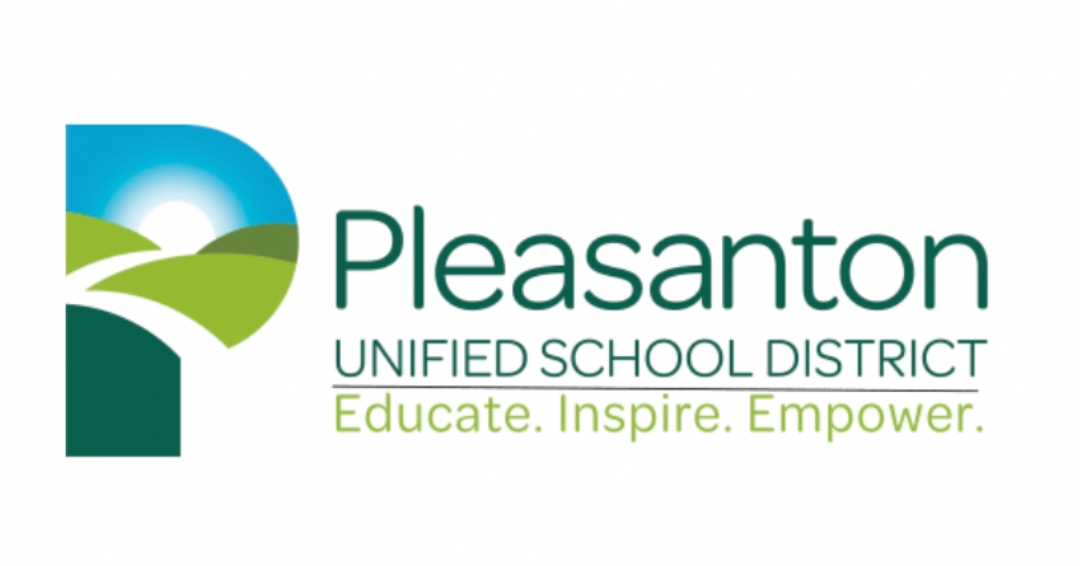Using ESSER, GEER and ARP-HCY funding for school transportation
In 2020 and 2021, Congress passed three stimulus bills that provided more than $193 billion dollars to K-12 education.
Most recently, the United States Department of Education invited states to complete the application for their share of the second disbursement of $600 million
American Rescue Plan Act of 2021’s Homeless Children and Youth Fund (ARP-HCY) funds to states. The ARP-HCY will give states and school districts access to funding before the beginning of the 2021-2022 school year. ARP Homeless I and II funds are supplemental to the supports and services provided with ESSER funds.
How can ESSER, GEER and ARP-HCY funds be used for school transportation?
The wording of CRRSA, CARES and ARP-HCY is arguably quite broad to allow districts the freedom to determine the best use of funds for their students. With school transportation being a key piece in education as a whole — and a means of accessibility for vulnerable populations — a portion of funds may, and should, be allocated for this purpose.
GEER and ESSER funds may help your district invest in your fleet in the following ways:
Supporting social distancing and improving distancing measures
Better protecting students inside and outside vehicles
Properly sanitizing vehicles
Helping to ease the challenges that come with social distancing on school transportation
Investing in school transportation technology
Using ESSER, GEER and ARP-HCY funds for alternative school transportation
Not only can alternative transportation solutions help with COVID-relief and readiness, they can also serve the very populations disproportionately affected by the challenges of learning during the pandemic.
Districts may be able to consider the following alternative transportation solutions:
Development and implementation of procedures and systems to improve the preparedness and response efforts of LEAs. Alternative transportation solutions can enable on-demand transportation if students get sick and need to go home, or if they report they have been exposed to COVID.
Provision of services to address learning loss. Students with special needs haven’t been able to get in-person help in over a year and a portion of ESSER and GEER funds must be used to address learning loss. Alternative school transportation solutions can help students with IEPs access services by arranging safe, reliable transportation to activities and appointments.
Implementation of “activities that address the unique needs of low-income children or students, English learners, racial and ethnic minorities, students experiencing homelessness, and youth in foster care.” In furtherance of this goal, alternative school transportation may serve as a vital community outreach effort and means of delivering services to these historically targeted and oppressed communities.
Planning for and coordinating for long-term closures (including meeting IDEA requirements, how to provide online learning, and how to provide meals to students). Alternative transportation solutions can be used for educational technology delivery, meal delivery, and other services.
As to ARP-HCY funds, schools and districts may use funds for
any of the uses permitted by the McKinney-Vento Act.
Alternative school transportation is a means for youth experiencing homelessness to attend their school of origin if they move off of a bus route. It also affords them the ability to participate in school activities by removing transportation as a barrier.
Using these now available funds is crucial, as students experiencing homelessness suffered from
greater trauma and learning loss throughout the past year; attendance rates by this population
have dropped significantly.
Applications for State educational entities are available here.
Transportation staff should take the opportunity to work with their state educational agencies (SEAs) to use ESSER, GEER and ARP-HCY funds to address their transportation needs.
While ESSER and GEER funding can be used for a few years, now is a great time to get the necessary funding to invest in your existing fleets and operations. When doing so, consider allocating a portion of the funding to alternative transportation — it may meet the criteria for services to address learning loss and enable access for vulnerable youth to school and necessary services.


